Panmunjom - A detailed guide to visit the Korean truce village
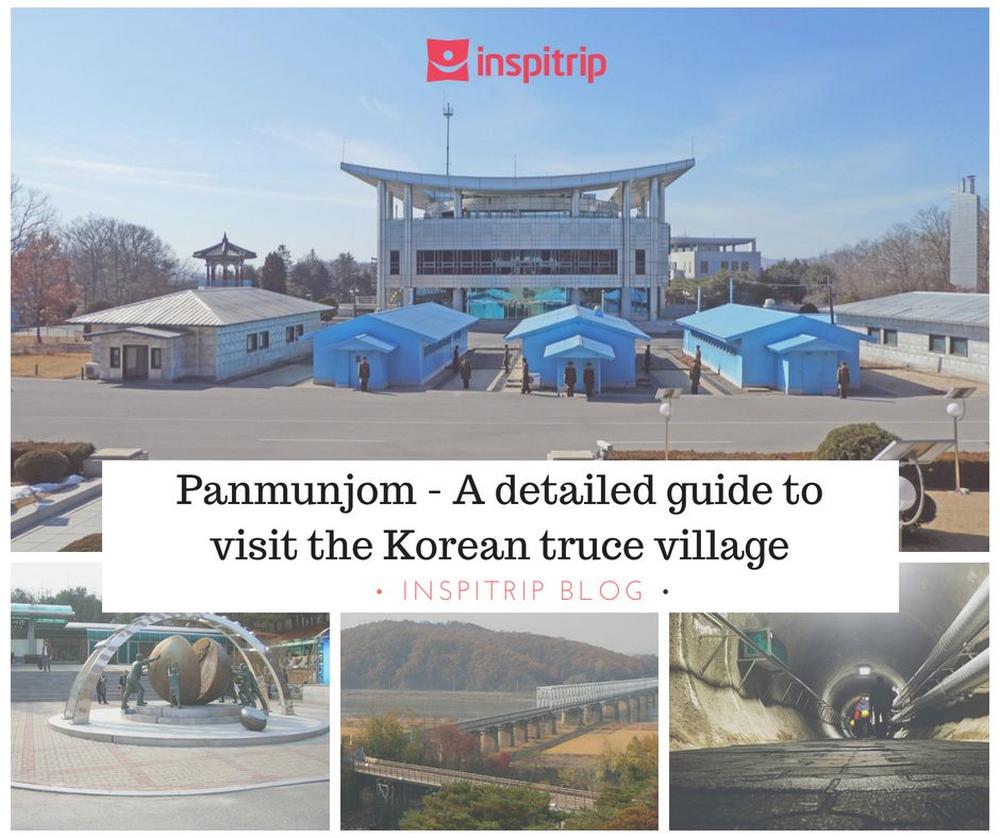
Panmunjom is located in the most sensitive area of Korea's demilitarised zone. It’s the only tourist destination where visitors are required to sign a release that asks them to accept responsibility for “injury or death as a direct result of enemy action."The Joint Security Area (JSA), aka Panmunjom, offers a look at the tensions that remain from the Korean War. The North and South technically remain at war, and the JSA, located deep within the Demilitarized Zone (DMZ), is the only place where visitors can see the actual border and North Korean soldiers on the other side. Indeed, joining a high-quality DMZ & JSA tour is one of the most unique things to do in Seoul. Here is our detailed guide to visiting the Panmunjom - Korean truce village.
You are about to enter the world's most protected border and witness the spine-chilling tension between North and South Koreas
History of Panmunjom
Panmunjom is a small village, about 55 km north of Seoul, that lies at the border between North and South Korea. It was originally called “nul ban ri,” or plank-door village, so-called because the house doors and bridges were made from planks of wood. When the village became the site of talks during the Korean War, Chinese officials labeled it with traditional Chinese characters, which when pronounced in Korean sounded like Panmunjom.The truce that ended hostilities between the two countries was signed here in 1953, but as peace was never agreed to, the two sides are still officially at war over fifty years later and a million men stand guard around the Demilitarized Zone (DMZ).
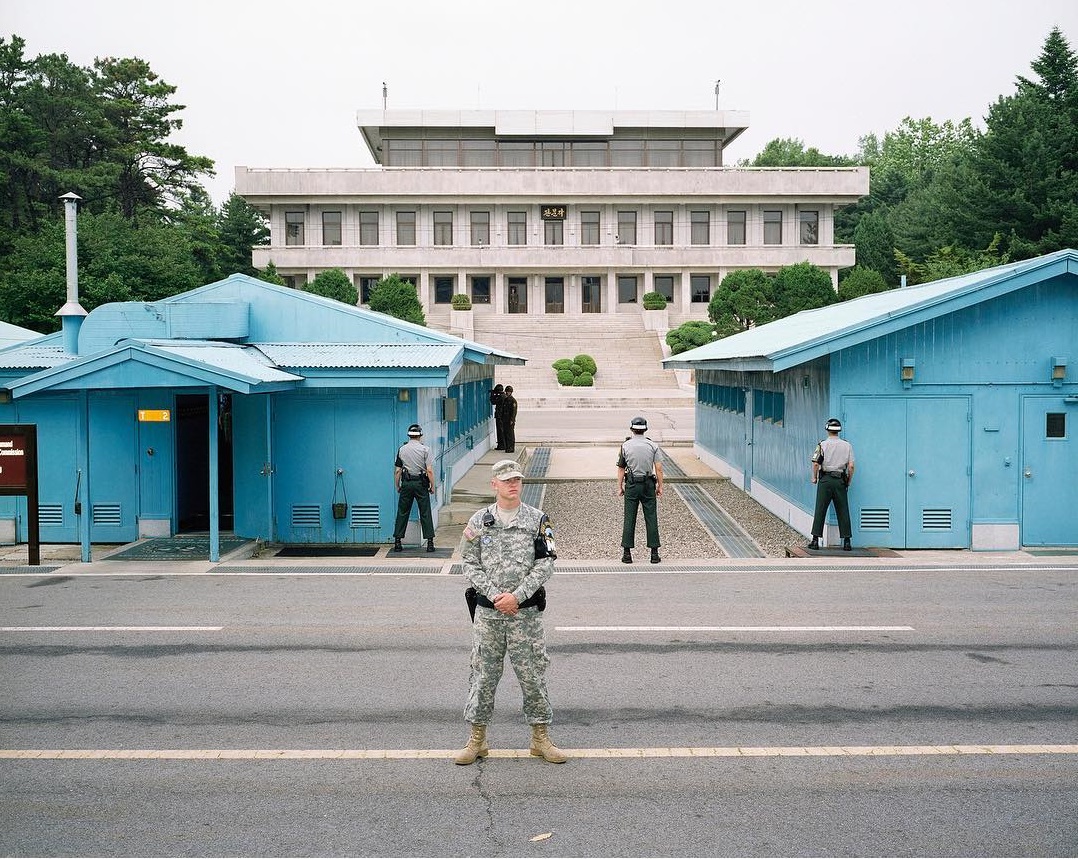
To repel an invasion, both sides of the highway, especially the side facing the Imjin River and open water to North Korea, are covered with barbed wire and dotted with observation posts every few hundred meters. Nearby hills house machine gun emplacements, the median strip has clusters of sandbags for defense, and many bridges above the highway can be activated as tank traps as they contain large concrete blocks that can be dynamited to block the road. Large illuminated signs, proclaiming "Freedom and Democracy" in Hangul script, face the North.
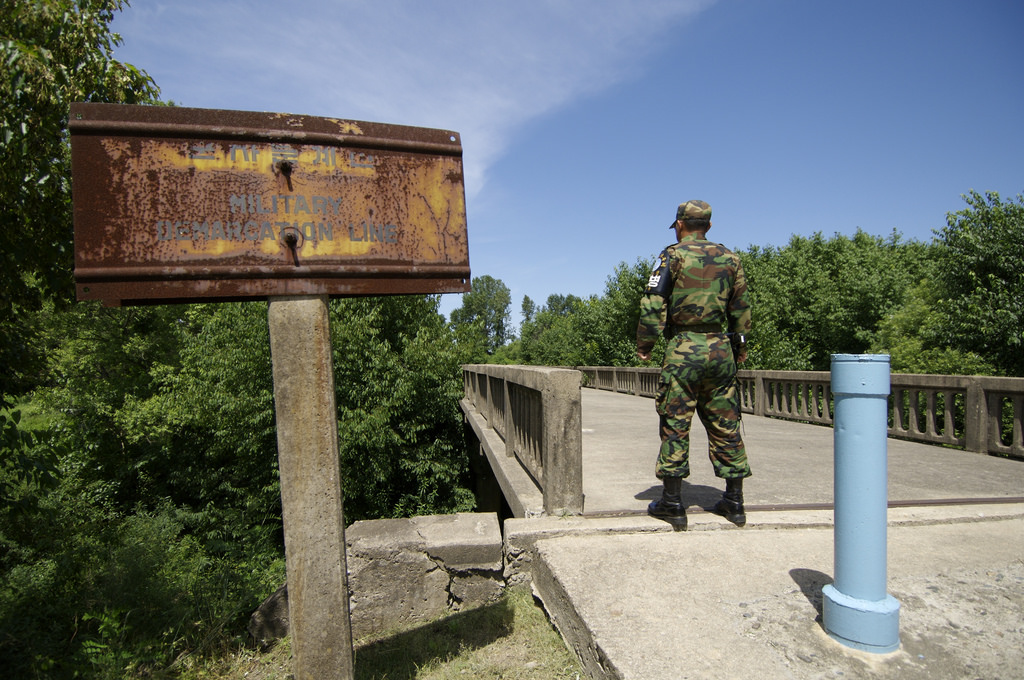
Have a spine-chilling experience by visiting DMZ & JSA, the most volatile area all in the world! Our guide will take care of everything so that you can enjoy your visit to the fullest!
- DMZ half day morning tour
- The best DMZ, JSA and third tunnel combined tour
- Panmunjom (JSA) tour with a North Korean defector
How to get to Panmunjom
Panmunjom sits less than 40 miles from Seoul. The only way into this heavily restricted area is on an organized tour. To enter the JSA, visitors must pass through multiple checkpoints before arriving at Camp Bonifas, escorted by either US or South Korean soldiers. Note citizens of certain countries are not allowed on these tours. Access to most of the are is forbidden, so the only way to visit Panmunjom is through a licensed tour operator.
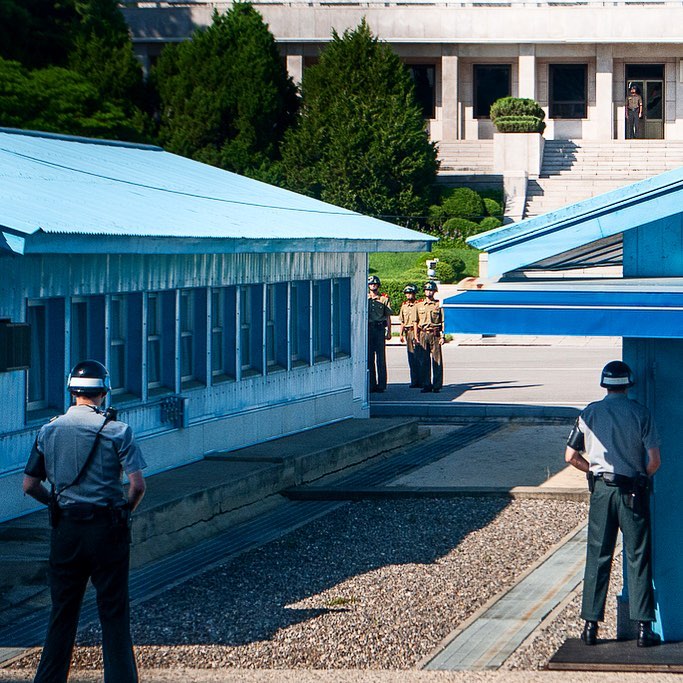
Panmunjeom is very close to the South Korean capital of Seoul, and tours from the center of the city with itineraries that include Panmunjeom generally start in the morning and end before the evening. The 62 km journey towards Panmunjeom from Seoul is a sight in itself. The 12-lane Freedom Road becomes eerily empty as you approach the border, as its primary purpose is to get tanks there as fast as possible if war breaks out.
Unlike any random touristy attractions, Panmunjom embodies the innermost secrets which only an intellectual tour guide from Inspitrip can help you unravel.
What you can expect in Panmunjom
There are no troops in the DMZ itself (except in the JSA), although both sides of the 4 km strip of land separating the Koreas are likely to be the most heavily armed in the world. Pillboxes, land mines, barbed wire, and tank stoppers line the entire border and stretch back halfway to Seoul in the South and Pyongyang in the North. This section is often referred to as the Militarized Zone. In South Korea, there are also adjacent border areas called Civilian Control Zones where public access is restricted.
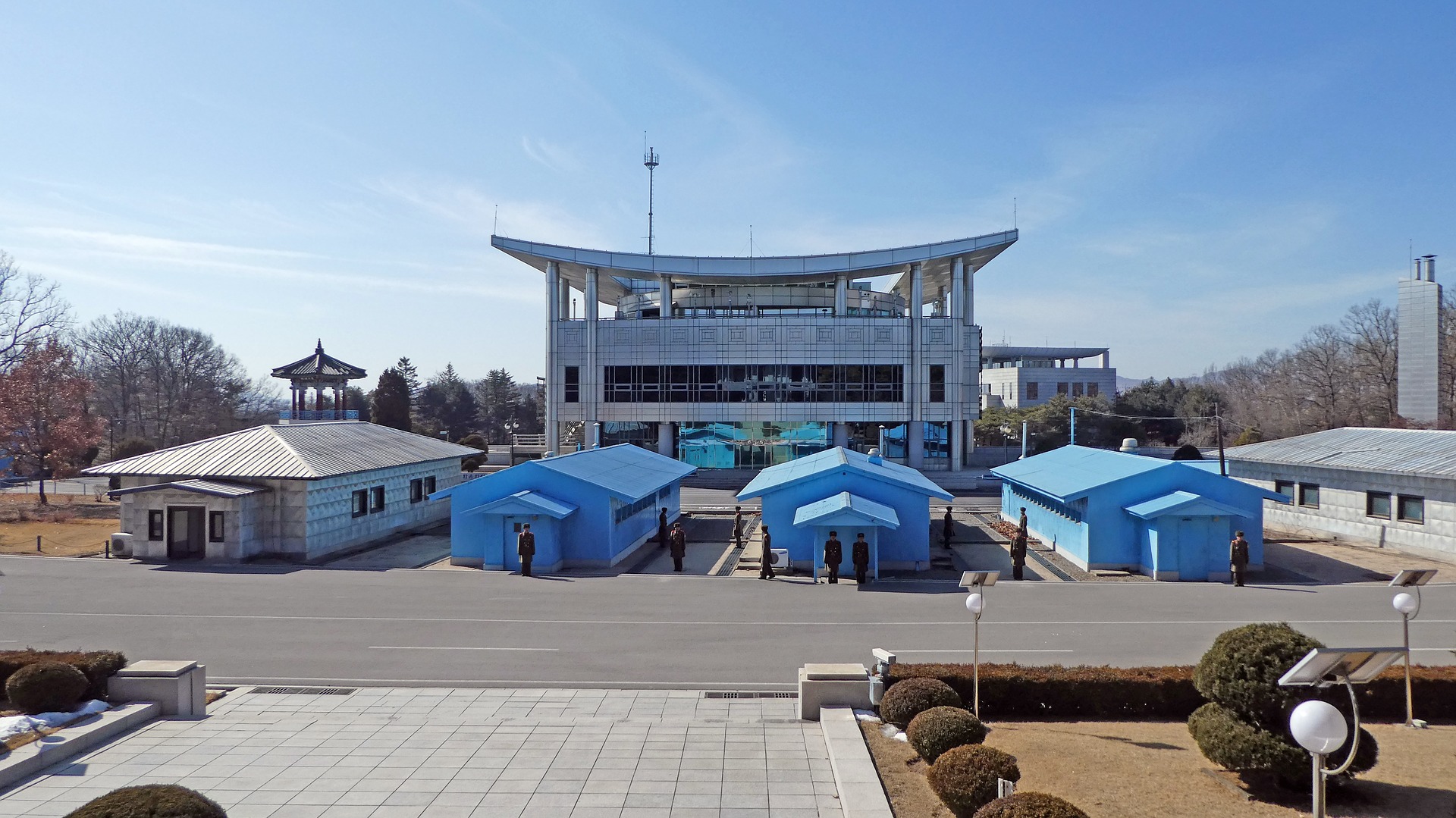
One kilometer east of the former village (now deserted) is the Joint Security Area (JSA), an almost circular patch of land with an 800 m diameter. This area is jointly policed by the South and North, and the two sides occasionally meet for discussions. Panmunjeom is right on the Military Demarcation Line (MDL), which is the actual border between North and South Korea. The DMZ is a four-kilometer-wide buffer strip centered on this MDL.
What you can experience in Panmunjom
Take a trip through history and learn about North Korean and South Korean. You will get to visit key sites of the struggle and learn about economic, political and social effects the war has had on both countries. The highlight of the trip is that you will be able to walk right up to the North Korean border on a tour of the Joint Security Area - the only portion of the DMZ where the North Korean and South Korean forces stand face to face.
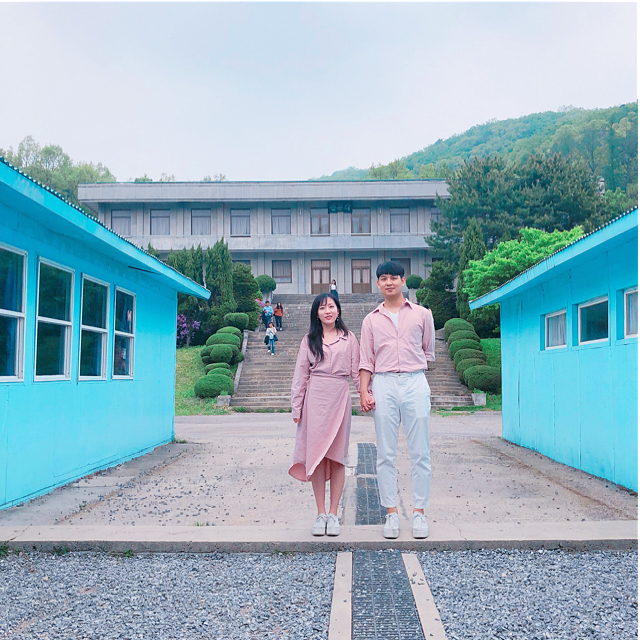
Due to the tension and security concerns involved, travelers are required to join an organized tour group in order to visit the truce village better known as the JSA. Day trips to the DMZ from Seoul include stops at the JSA, as well as other area attractions like the Third Infiltration Tunnel, Bridge of No Return, and an observation point where it’s possible to observe a North Korean village across the border through a telescope. You will also get to visit the Freedom House, Imjingak Park - home to many statues and monuments commemorating the Korean War.Read More: Detailed guide to visit the DMZ
Visit the Freedom House
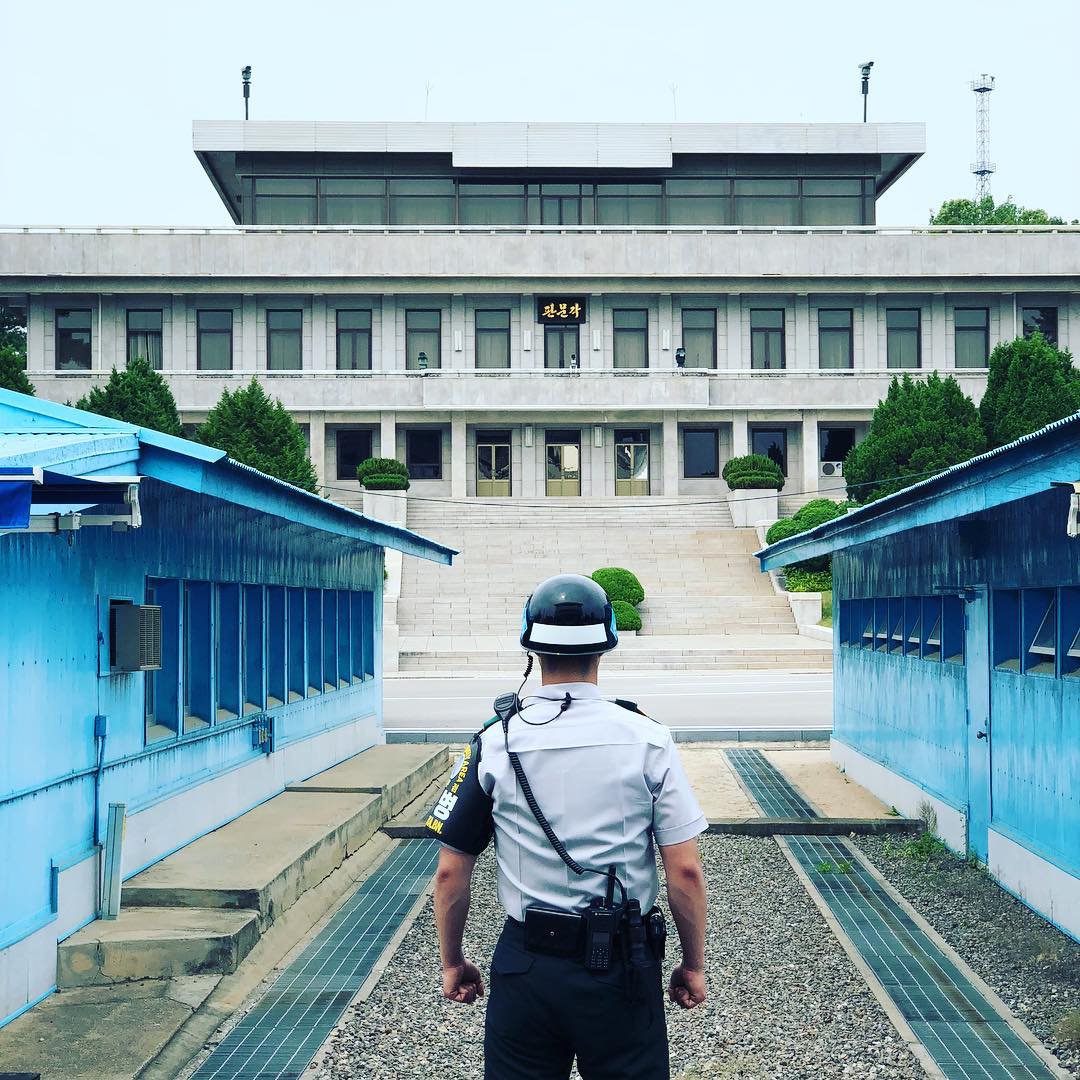
Located in JSA, the Freedom House functions as a meeting place for North and South Korea. The facility helps the two sides to negotiate and communicate, holding offices of major organizations like the South and North Red Cross Liaison Office. This stop often starts the JSA tour, setting the tone of the interaction between North and South Korea. The current building was constructed on July 9, 1998. It was built by the founder of Hyundai to host reunions of families separated during the Korean War. However, since North Korea has worried about sending their people through the division line of JSA, the house has been used only for Red Cross staffs and the liaison officers of South Korea.
See the Bridge of No Return
The Bridge of No Return is a small bridge where POWs were exchanged after the war. There were two operations for it: Operation Little Switch as a test case for prisoner repatriation and Operation Big Switch for a general exchange of prisoners. All the POWs were carried to both ends of the bridge and they were given a choice. Once they chose to cross over the road, they could not make a turning back, hence the name “Bridge of No Return”. About thirteen thousand UNC prisoners returned to their countries, and about eighty-nine thousand KPA and Chinese prisoners returned to their communist nations.
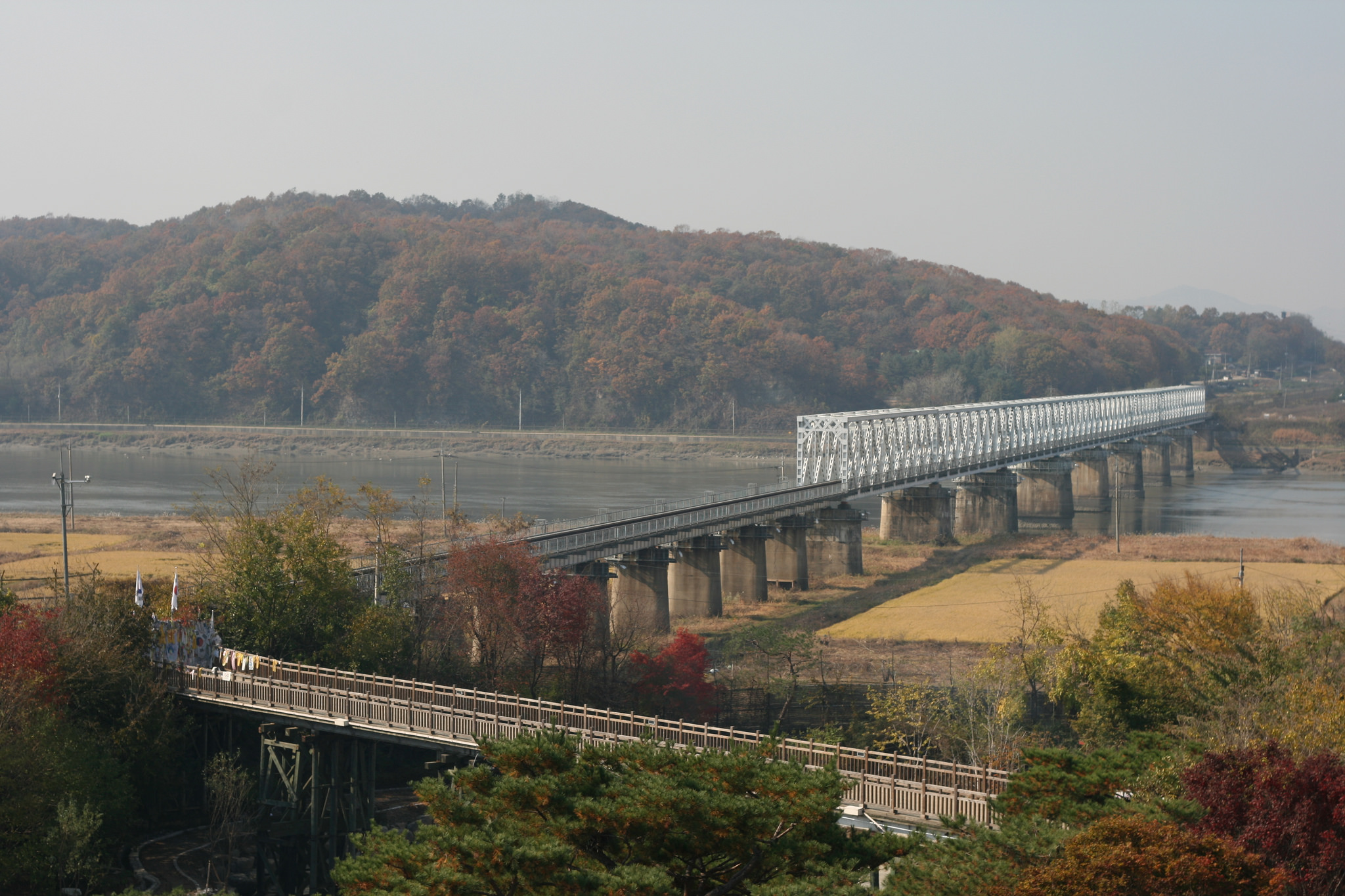
Wander around Imjingak Park
Saddening as it may be, the stories of separated families will inspire and move you to tears
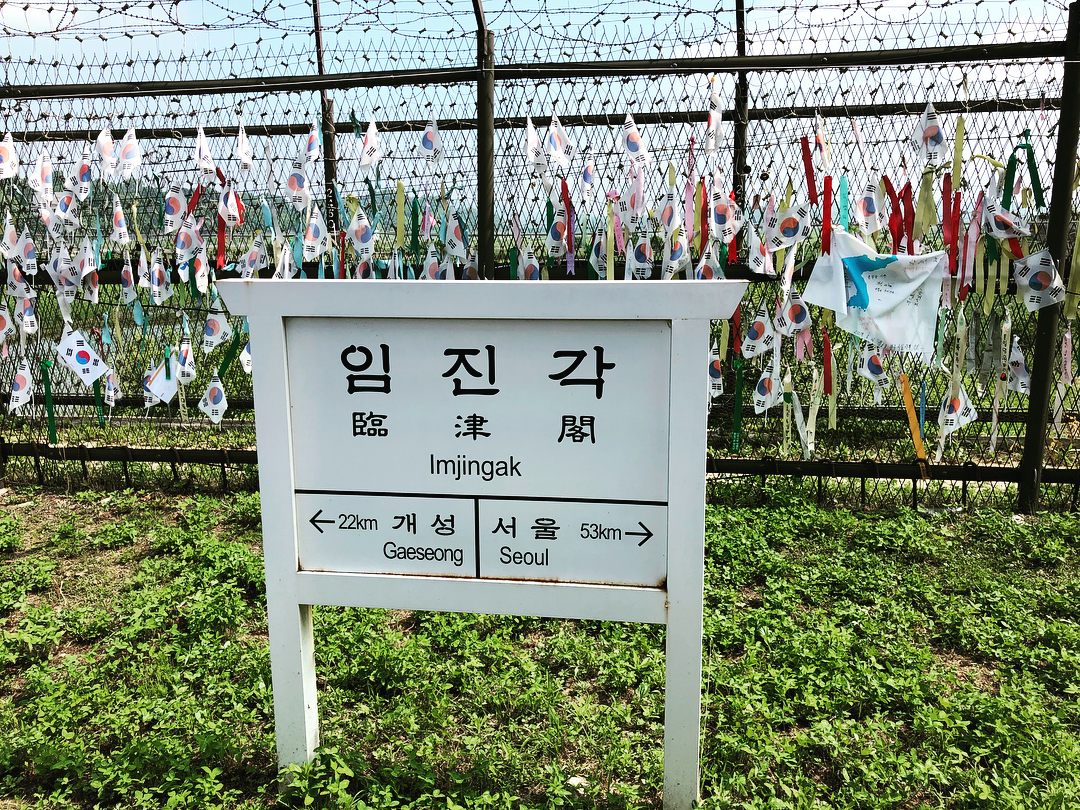
Imjingak, located 7 km from the Military Demarcation Line, is now at the forefront of tourism related to the Korean War. It was built in 1972 with the hope that someday unification would be possible. Three-storied Imjingak is surrounded by several monuments, Unification Park and North Korea Center. 400 kinds of photos and documents showing the stark reality of North Korea are displayed in the North Korea Center of Unification Board. Outside Imjingak, there are 12 kinds of tanks and crafts on display that were used during the war. Mangbaedan Alter, which stands opposite of Imjingak, is famous for the place where people from North Korea visit and perform ancestral rites by bowing toward their hometown every New Years Day and Chuseok (Korean Thanksgiving). If you are lucky enough, you can be connected with a North Korean defector to listen to heart-breaking stories of separated families. These wonderful experiences will at times make you feel sad; at others inspired. Be prepared to embrace all of these emotions during this unforgettable trip.
Observe North Korea with your naked eyes at Dora Observatory
From the observatory, you can overlook North Korea and various locations including Gaeseong, Songaksan, Kim Il-Sung Statue, and Geumamgol, the cooperation farm. As such, you might get a strange feeling knowing how close you are to North Korea. It will arouse your curiosity about meeting the North Korean and asking them how they make ends meet on a daily basis in the world’s most secretive country.
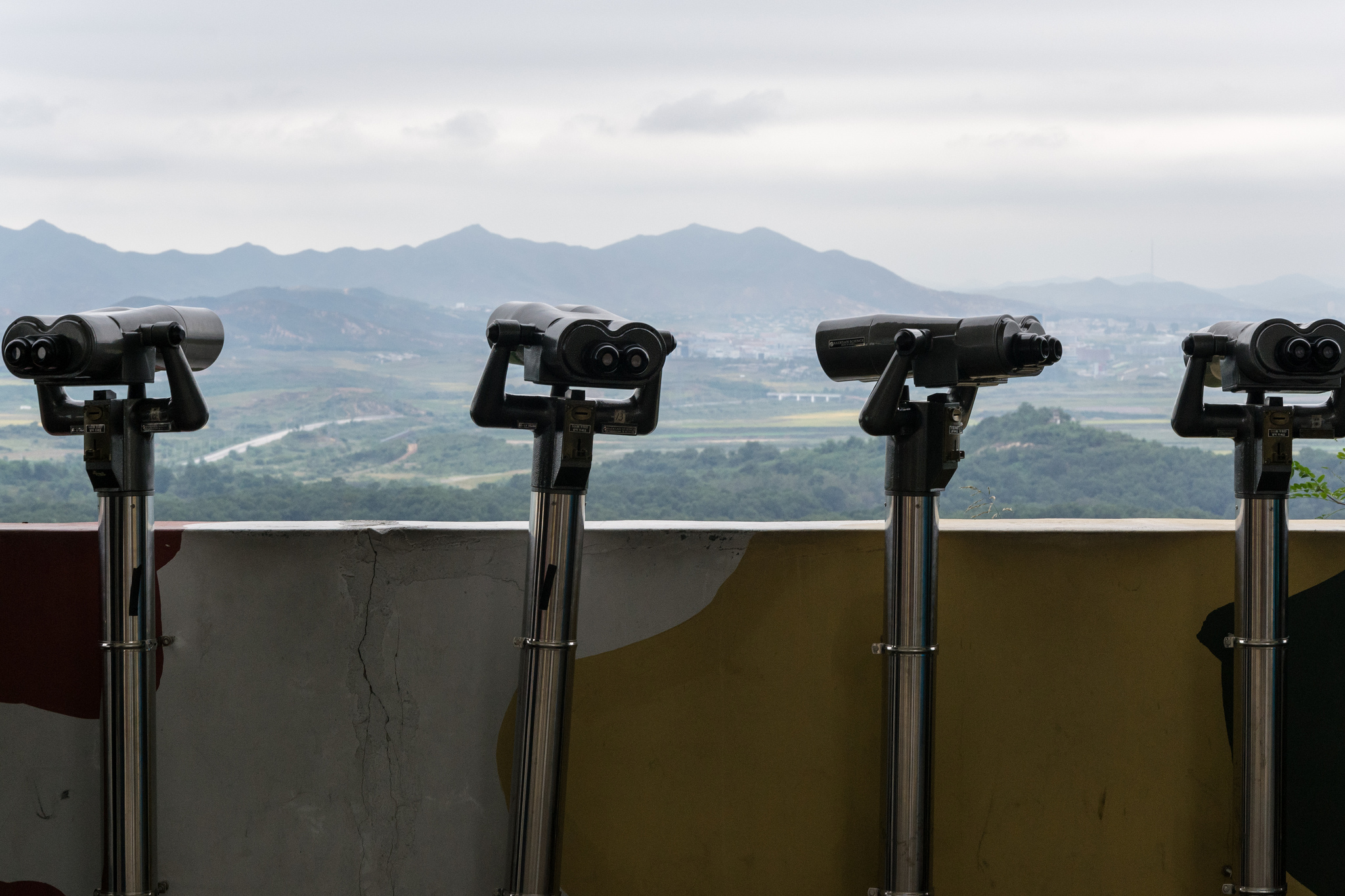
Head to The Third Tunnel
Only 44 km (27 miles) from Seoul, the incomplete tunnel was discovered in October 1978 following the detection of an underground explosion in June 1978, apparently caused by the tunnellers who had progressed 435 meters (1,427 feet) under the south side of the Korean Demilitarized Zone (DMZ). Visitors enter either by walking down a long steep incline that starts in a lobby with a gift shop or via a rubber-tyred train that contains a driver at the front or the back (depending on the direction as there is only one set of rails) and padded seats facing forward and backwards in rows for up to three passengers each. Photography is forbidden within the tunnel.The South Koreans have blocked the actual Military Demarcation Line in the tunnel with three concrete barricades. Tourists can walk as far as the third barricade, and the second barricade is visible through a small window in the third.
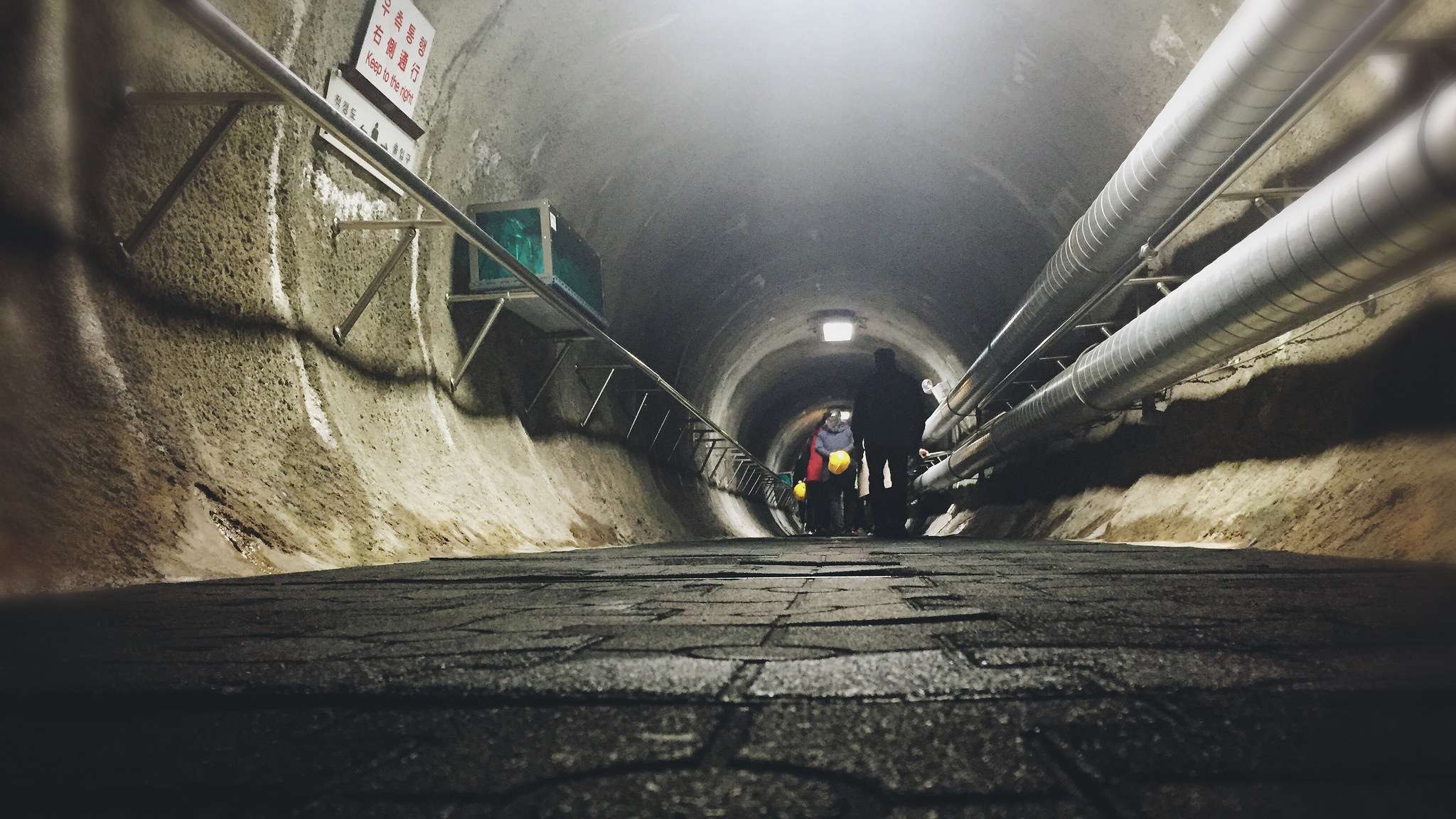
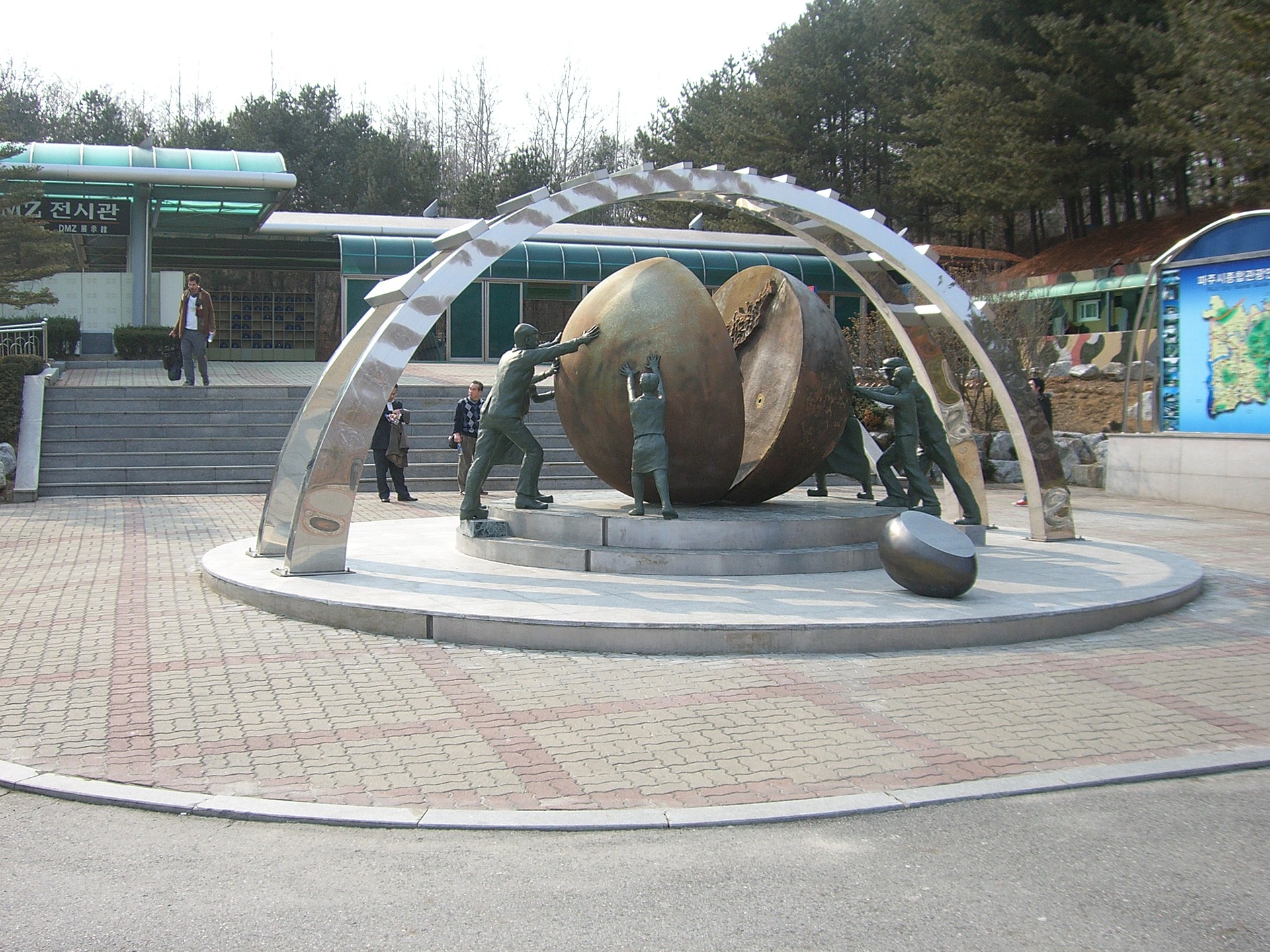
Buy souvenirs at Camp Bonifas
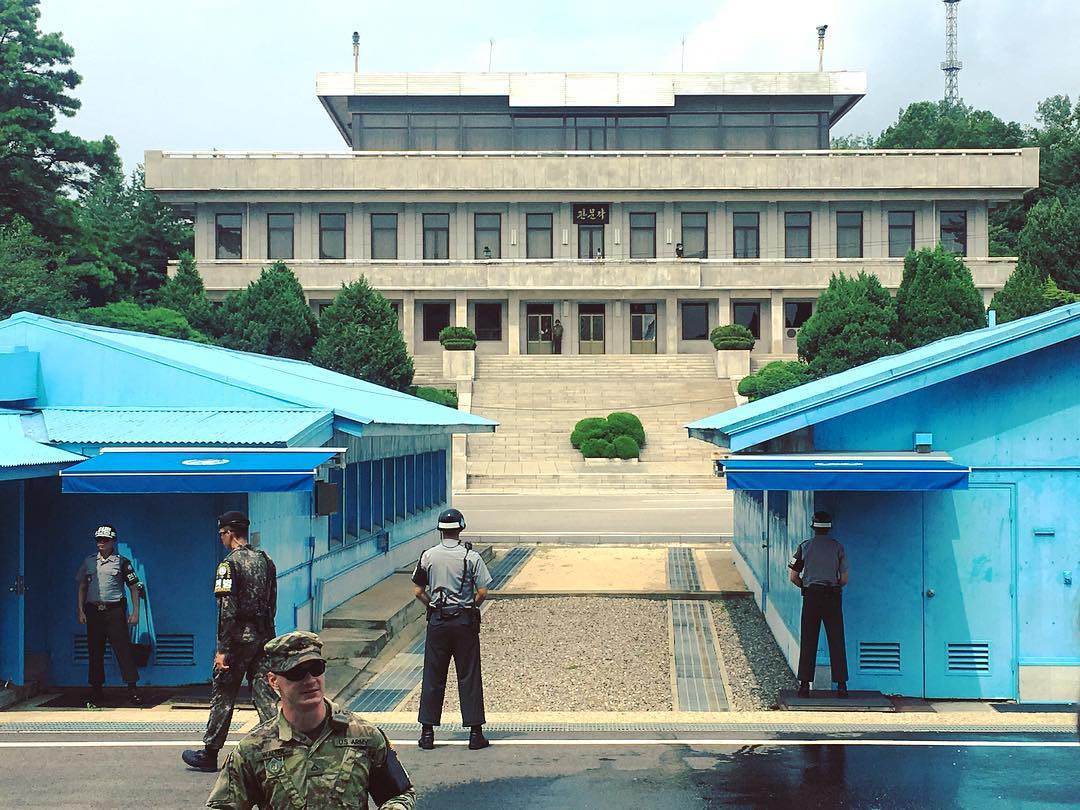
Camp Bonifas is a United Nations Command military post located 400 meters south of the southern boundary of the Korean Demilitarized Zone. It was 2,400 meters south of the Military Demarcation Line, which forms the border between South Korea (the Republic of Korea) and North Korea (the Democratic People's Republic of Korea). It was returned to the Republic of Korea in 2006. Camp Bonifas is home to the United Nations Command Security Battalion-Joint Security Area, whose primary mission is to monitor and enforce the Korean Armistice Agreement of 1953 between North and South Korea. The Republic of Korea and the United States Forces Korea soldiers conduct the United Nations Command DMZ Orientation Program tours of the JSA and surrounding areas. The camp has a gift shop where you can buy DMZ - and JSA- related souvenirs.
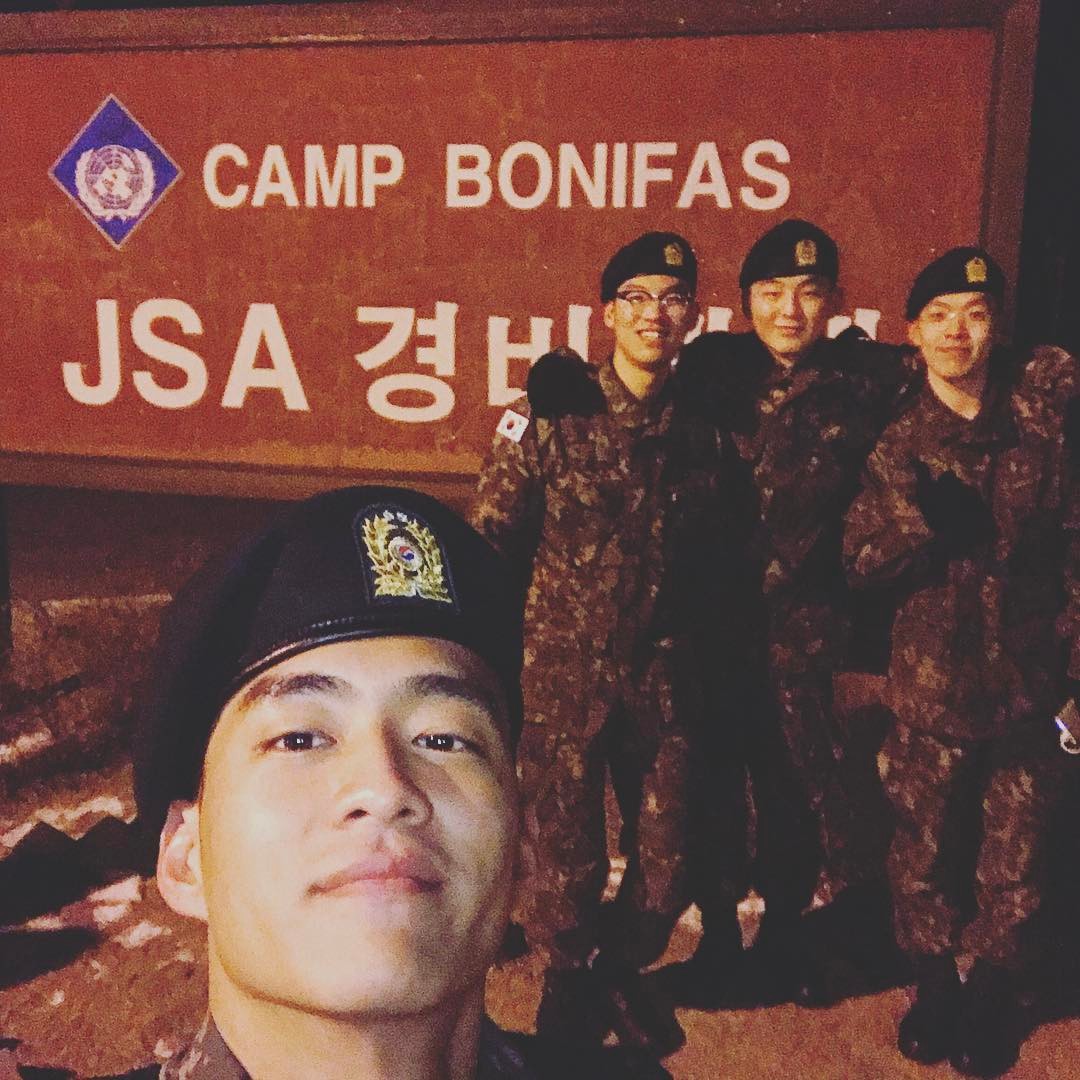
Visit DMZ Museum to broaden your mind about the historical events of the Korean war
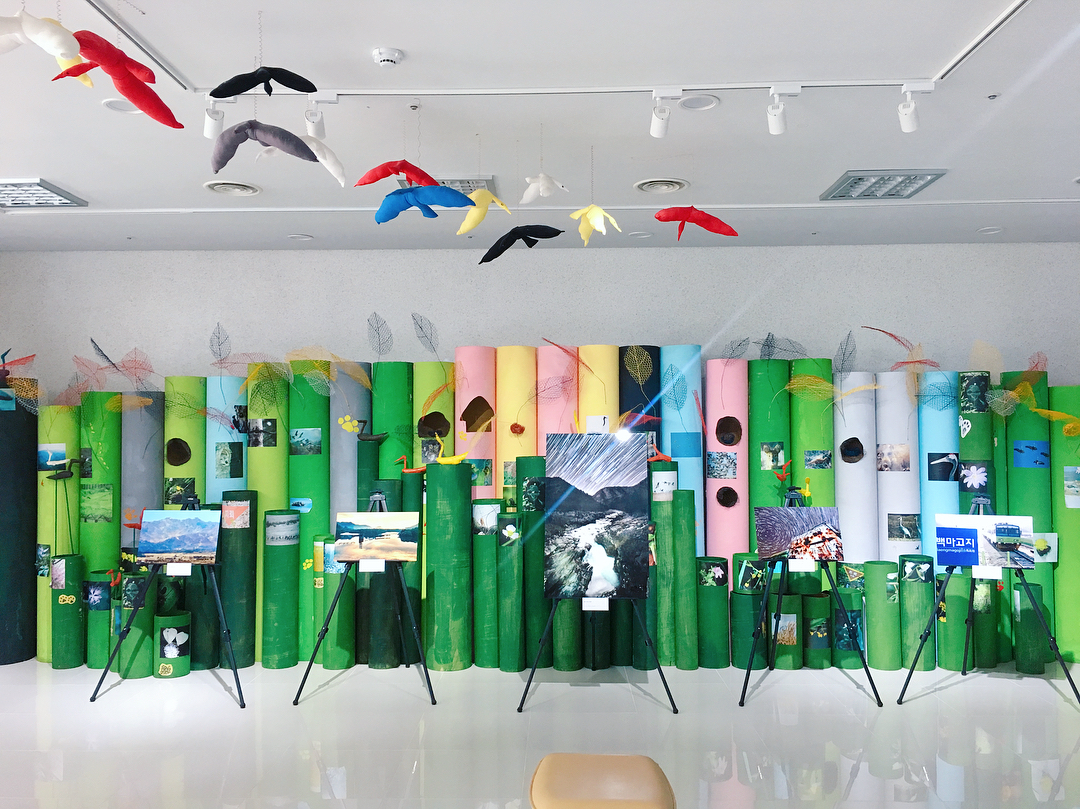
DMZ Museum is comprised of four themed-exhibition halls, in addition to auxiliary buildings including a special exhibition center, theater, and other convenience facilities. The museum teaches visitors everything there is to know about the DMZ, from its historical background to reports on the area's future ecological importance and cultural value. Visit the theater to learn more about the Korean War and its aftermath through 3D documentary films.
Traveling Tips
- The JSA is a must-see for history buffs and anyone looking for a better understanding of the Korean conflict.
- All Panmunjom tour participants are required to carry a valid passport, be at least 10 years of age, and dress appropriately.
- Refrain from wearing worn or faded jeans, exercise clothes, sleeveless shirts, collarless shirts, short skirts, shorts, tight fitting clothes, military clothes, or sandals.
- Don’t speak with, gesture, or even seem to respond to people from the other side (North Korea).
- Sometimes, you will be prevented from entering the common security area (JSA) because of military or other official events.
- If you come from these following countries, you are requested to send the scan of your passports at least 4 days prior to the tour day to your tour operator: Afghanistan, Algeria, Azerbaijan, Bahrain, Bangladesh, Belarus, Bolivia, Bosnia, Burma, China, Cuba, Egypt, Estonia, Georgia, Hong Kong, India, Indonesia, Iran, Iraq, Israel, Jordan, Kazakhstan, Kuwait, Kyrgyzstan, Latvia, Lebanon, Libya, Lithuania, Macau, Malaysia, Moldova, Morocco, Nigeria, North Korea, Oman, Pakistan, Palestinian authority, Qatar, Russia, Saudi Arabia, Singapore, Somalia, Sudan, Syria, Taiwan, Tajikistan, Tunisia, Turkmenistan, Ukraine, United Arab Emirates, Uzbekistan, Venezuela, Vietnam, Yemen
- You can have lunch or dinner at any Korean restaurant nearby during the trip
- The only way to visit Panmunjom is to go with a licensed tour operator.